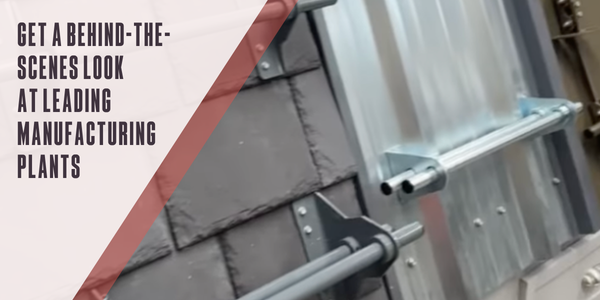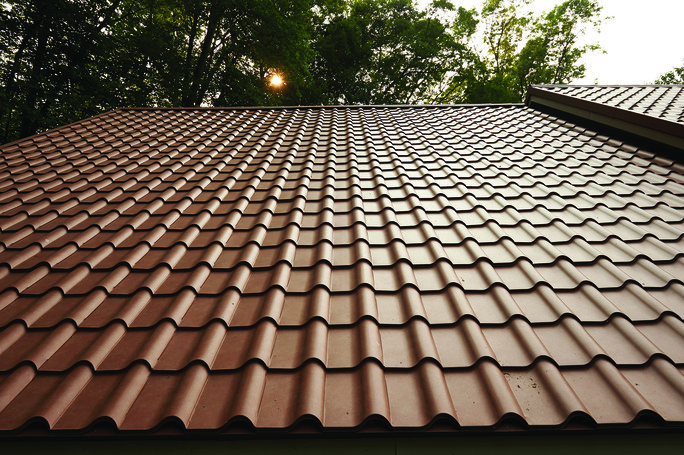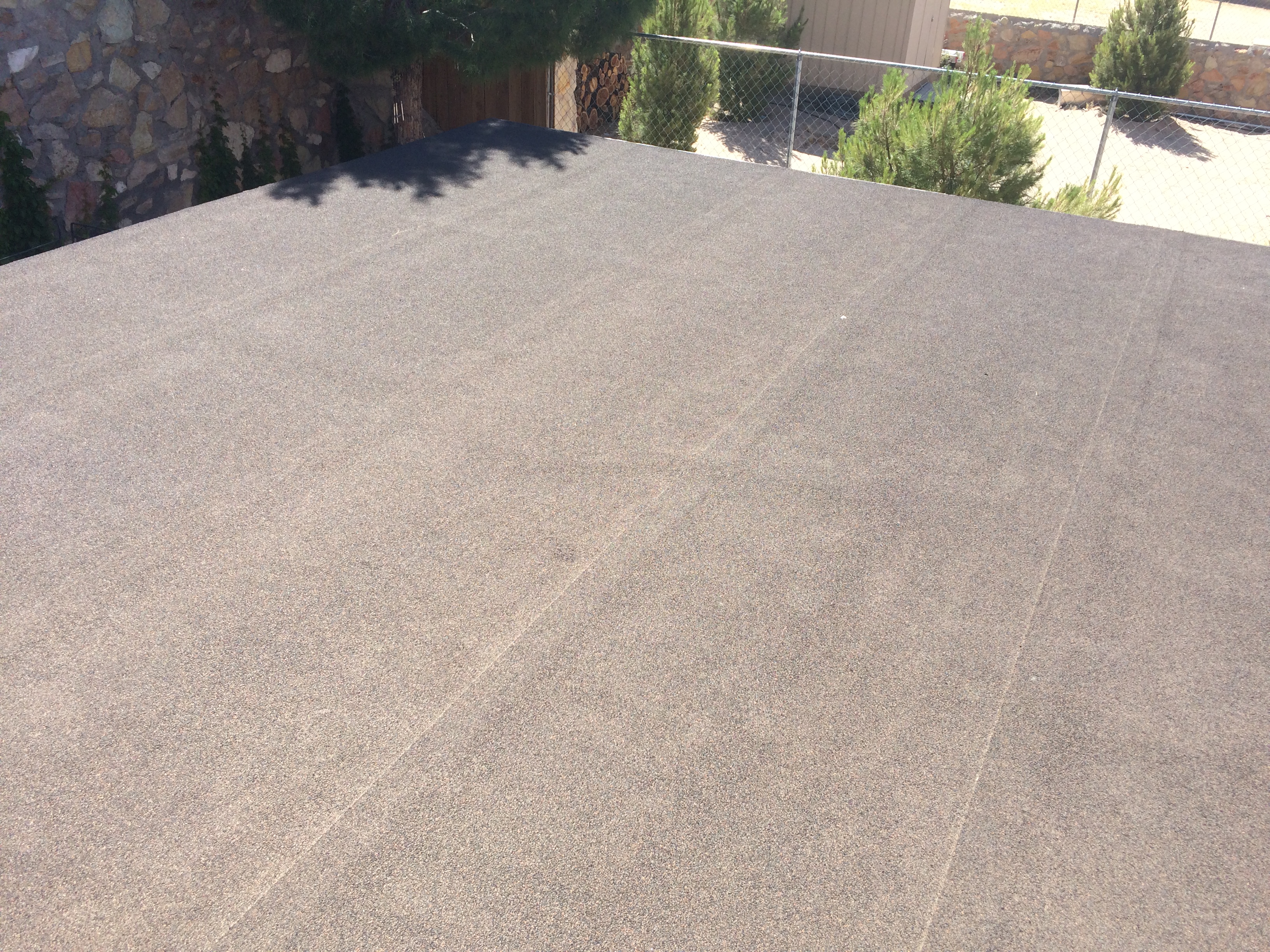Metal Roofing Clips Explained

By Holly Roenicke, EXCEPTIONAL® Metals.
Why are standing metal seam roof clips important? Learn everything you need to know about this seemingly small aspect of metal roofing.
There is more to a metal roofing project than just panels and frames. It is easy to overlook metal roofing clips in a project because of their small size, but they play a crucial role in holding the roofing system together. In fact, the choice of metal roofing clip can directly influence the metal roof performance. EXCEPTIONAL® Metals takes pride in helping contractors understand how to give their customers the best possible experience, so here is a deep dive on roofing clip types and why proper selection is necessary.
What’s a metal roofing clip?
A metal roofing clip is a concealed anchor used to attach metal panels to a substrate, such as a roof deck or other material. Sometimes referred to as cleats, they’re fastened to whatever is beneath the metal panels, like a roofing deck or purlin, before the panels are attached.
Using metal roof clips eliminates the need to drive screws through the panels themselves, reducing the chance of moisture intrusion, fastener corrosion, seal deterioration and thermal-induced hole elongation. By attaching a simple clip to the metal panel from below, they also offer a modern and clean look.
Roofing clip types
When it comes to clip systems, you can typically choose between fixed and floating designs with low or high dimensions. Using a fixed or floating clip depends on the substrate and how much movement is anticipated.
Fixed clips
With fixed clip systems, there are no moving parts in the clip. The ability for that clip to expand and contract as the roof expands and contracts is dependent on the substrate.
Floating clips
If the roof is being installed over a solid substrate or if the roof plane is over a slope more than 100 feet, then a floating clip system would be utilized. The floating clip system permits the roof panel to move (expand/contract) independent of the substrate to which the clip is installed.
Low and high clips
Low and high clips are classified by height. Whether to use a low or high clip is typically determined by the amount of insulation. A low clip, for example, is typically used for projects with rigid foam or fiberglass insulation up to a maximum of four inches; whereas a high clip is preferred for those with up to six inches of insulation.
Things to know when selecting clips
It’s important to understand that clips provide a higher stand-off, permitting insulation to pass between the roof panel and the substrate at structural attachment points. A low clip typically has a 3/8-inch stand-off. A high clip can provide 1-inch, 1-3/8-inch, or even 2-inch stand-offs, depending on panel type. If you go with clips that are too tall or not tall enough to accommodate the insulation, the system will be challenging to install and may not perform correctly.
Another factor to weigh when determining the best metal roofing clip system for your project is whether you’re putting the roof over a solid substrate, such as wood or metal decking. If so, low clips are preferred in most situations.
Making metal clip selection easy
While everything explained above may appear overwhelming, it’s actually not. If you know the answers to the following questions, you’re well on your way to selecting the best clip system for your metal wall or roofing panel project.
- Is the area where the project is located subject to widely fluctuating temperatures? Choose floating clips in geographies where temperatures fluctuate because they allow the roof to expand and contract.
- What is the substrate material? Low clips work if you have a solid substrate like wood or metal decking. High clips help increase performance when you have insulation.
- How much insulation will be used or none? If insulation is used, what’s the type (fiberglass insulation, rigid board insulation, etc.)?
- What’s the insulation thickness?
Your metal roofing system partner
EXCEPTIONAL Metals is a leading supplier of high-quality metal panels and related products for residential, commercial and industrial applications. We’re proud to connect construction companies and roofing professionals with long-lasting, weather-resilient roofing systems designed for the long haul.
The truth is a metal roof is only as reliable as the clips that hold it together. Our expert team is happy to answer any questions regarding clip systems and make recommendations for your project. We’ll work with you to determine the best products for your needs, including helping you select the correct panel profile, gauge, and color or finish.
Learn more about EXCEPTIONAL® Metals in their RoofersCoffeeShop® Directory or visit exceptionalmetals.com.
Original article source: EXCEPTIONAL Metals























Comments
Leave a Reply
Have an account? Login to leave a comment!
Sign In